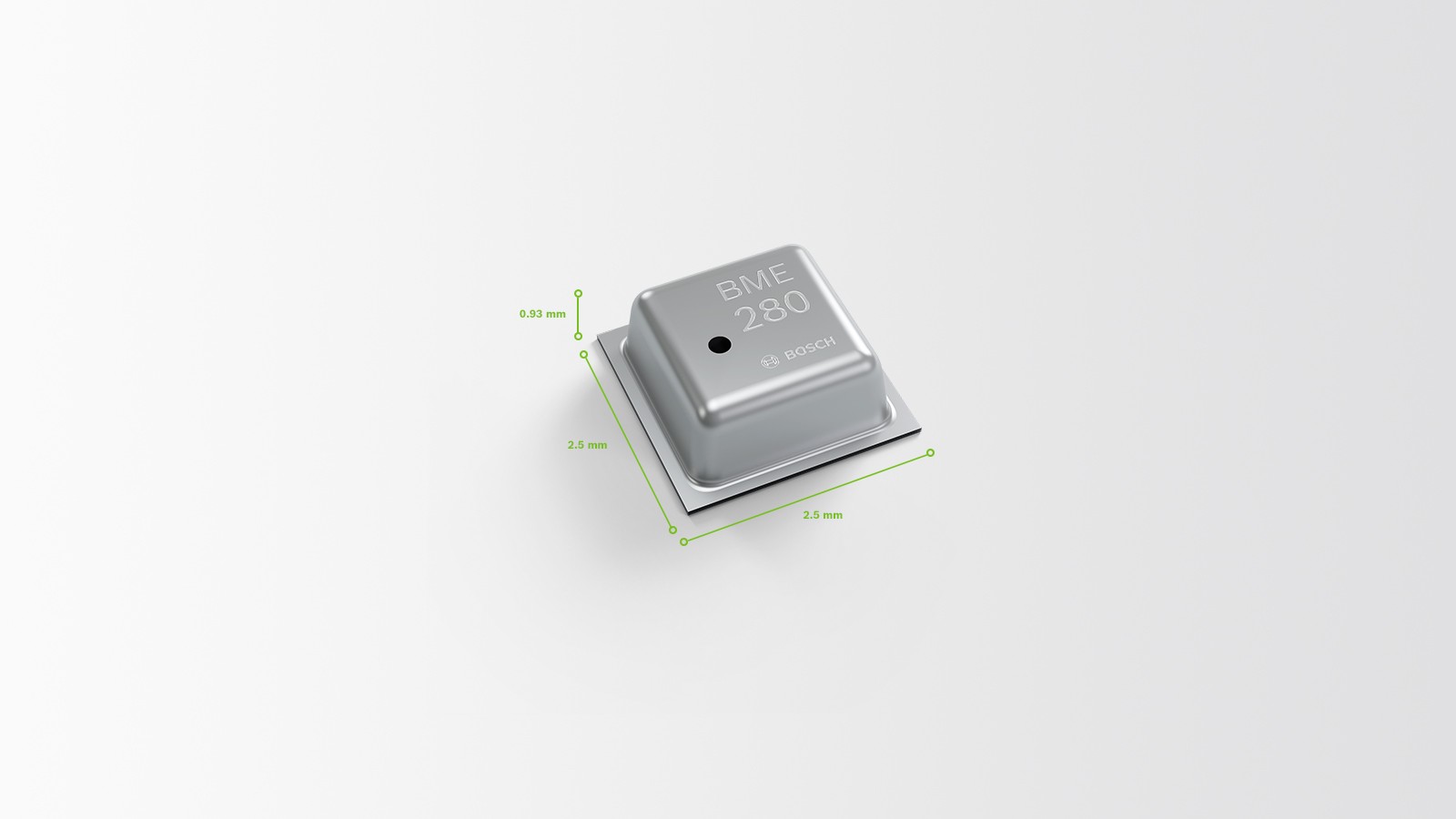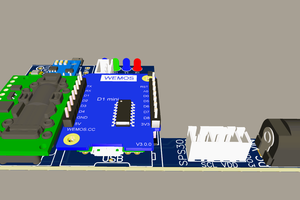Portable Air Quality Monitoring Station Based on ESP8266 - AiryFi #Arduino @Arduino
Air is the substance we inhale. It's around 78 percent nitrogen, 21% oxygen, and 1% argon, plus various 'other' bits and pieces, many of which have been blasted out by people and their associated gear. Although carbon dioxide is an apparent pollutant that contributes to climate change, there are other factors to consider for human health, such as particulate matter. This is only very minute particles such as soot and smog. They're divided into two categories based on particle size: those less than 2.5 microns in diameter (PM2.5) and those between 10 and 2.5 microns in width (PM10). Respiratory sickness, heart disease, and lung cancer have all been related to this pollution.
Obviously, this is crucial information to have, but we have very little data on it in the United Kingdom. While most big cities have official sensors, the impacts may be quite localised near busy routes and confined in valleys. What effect does your neighborhood's makeup have on air quality? We set out to track our surroundings to discover how concerned we should be about the air quality in our neighbourhood.
Jyoti has released AiryFi, an ESP8266-based air quality monitoring station featuring an inbuilt PMSA003 laser dust sensor and a BME280 humidity sensor. AiryFi is an opensource portable Air Quality monitoring station that measures the quantity and mass of suspended particulate matter (PM1.0, PM2.5, and PM10) per unit volume in the air.
AiryFi allows you to collect detailed information on the mass and quantity of suspended particulates in the air, as well as a humidity sensor that measures relative humidity, barometric pressure, and ambient temperature. You can also share your data to the cloud using the onboard ESP8266, which comes pre-programmed with an AT command set firmware, allowing you to connect it to your Arduino device using C++ and you can see the output on the onboard 1.14" TFT display.
AiryFi Board also has a battery connector for directly connecting a battery that acts as a UPS, as well as optional debug pins and a few onboard switches for power on/off, flash, and reset, among other features that make AiryFi a fantastic product.
PMSA003 - Digital Laser Dust Sensor: A Brief Overview
The PMSA003 (Plantower PMSA003 PM2.5 Laser Dust Sensor) is a digital general-purpose particle concentration sensor that may be used to calculate the mass and amount of suspended particles in the air per unit volume and output in digital format. To provide quick and precise concentration data, the sensors can be placed in a range of concentrations of environment-related devices suspended particulate matter in the air.
 |
| Image Credit - cityos-air.readme.io |
What is the function of the Plantower PMSA003 PM2.5 Laser Dust Sensor?
The laser scattering concept is used in the PMSA003 sensor. Specifically, scattering of laser irradiation in air suspended particles while collecting scattered light at a certain angle in order to produce the scattering intensity versus time curve. The particle equivalent particle size and unit volume of particles of different particle sizes are calculated by a microprocessor utilising the MIE theory of the method.
PMSA003 Technical details
BME280 A Brief Overview
The relative humidity, barometric pressure, and ambient temperature are all measured by the BME280 humidity sensor.
The BME280 is a humidity sensor designed specifically for mobile and wearable applications where small size and low battery consumption are important design criteria. The device combines excellent linearity and high precision sensors, making it ideal for low current consumption, long-term stability, and EMC resilience. The humidity sensor has a very rapid reaction time, so it can meet performance criteria for new applications including context awareness and excellent accuracy across a wide temperature...
Read more »




 Vishnu Mohanan
Vishnu Mohanan
 ACROBOTIC Industries
ACROBOTIC Industries
 Zymbit
Zymbit
 electronicsworkshops
electronicsworkshops